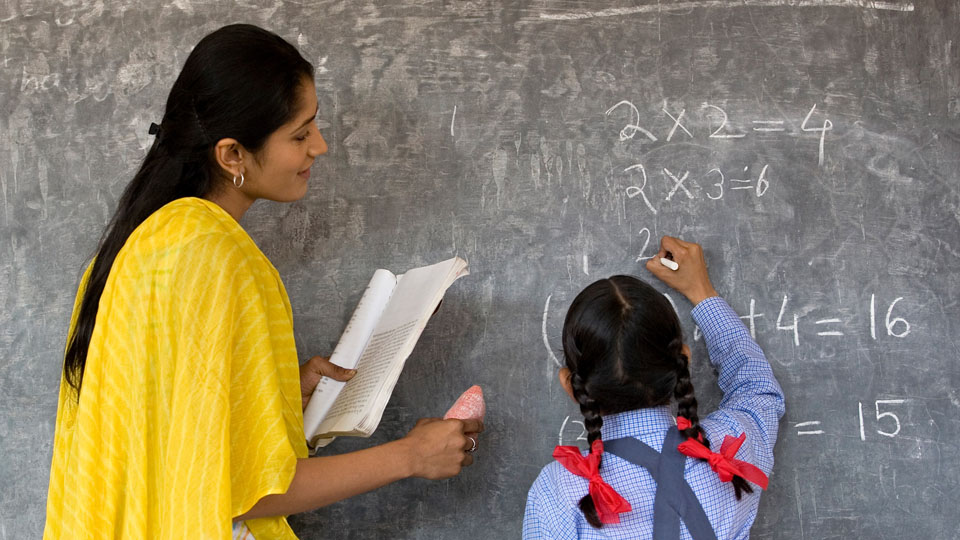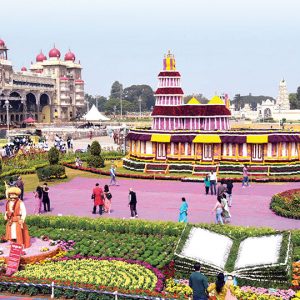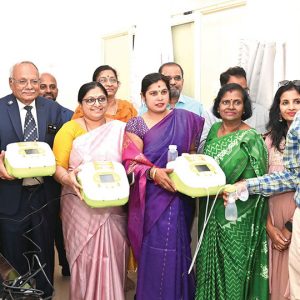While privately managed schools are virtually dime a dozen in all cities, including Mysuru, in our times, one could count them on one’s fingers even as the Government of the erstwhile Princely State of Mysore had a monopoly as it were in the education sector. For reasons familiar to the citizens of the city, parents favoured Government Schools in those days, while it may be embarrassing to many to hazard listing the reasons. Strangely, getting their wards admitted to Government High Schools on the basis of marks scored in the public examination was referred as five-rupee examination by lay people or Lower Secondary (LS) examination. The teacher fraternity in privately managed schools were known for work ethics, while their, not all, counterparts were bestowed high rating in society, although some of them had the rare honours of being household names. In either class of schools, teachers developed strong bonds not only with their pupils but also parents taking interest in the progress of their wards. At College level, that bond was purely formal, if at all.
The elderly citizens in Mysuru can recollect with nostalgia the utterly selfless service of Government School teachers of their younger days, treating their students as part of their family, despite abject poverty, given the measly pay packet they earned. Some of them supplementing their salary by taking private tuitions didn’t improve their family income, unlike nowadays.
Achievers of eminence in various fields ranging from administration to sports, science to music, art to entrepreneurship and so on are known to take unalloyed pride in having been students of non-descript school in villages, often a single teacher being in charge of many classes. As if to mock the raging debates on medium of instruction in schools, these achievers don’t miss pointing out that their initiation to education was in Kannada. While most of them recollect the past years of their learning the 3-Rs, the Government’s practice of compulsorily transferring school teachers seems to unsettle the teachers no end. That practice has met with opposition, particularly from women teachers in the 50-plus age group.
Transfers were not always seen as routine. The practice was used as punitive measure, if one recollects the popular saying of those days: “Thappu maadidare, koppake haaku.” The scenario of the administration virtually toying with the teachers, like during yesteryears, has changed as even the teachers demand their pound of flesh as it were and get it through agitation.








Recent Comments